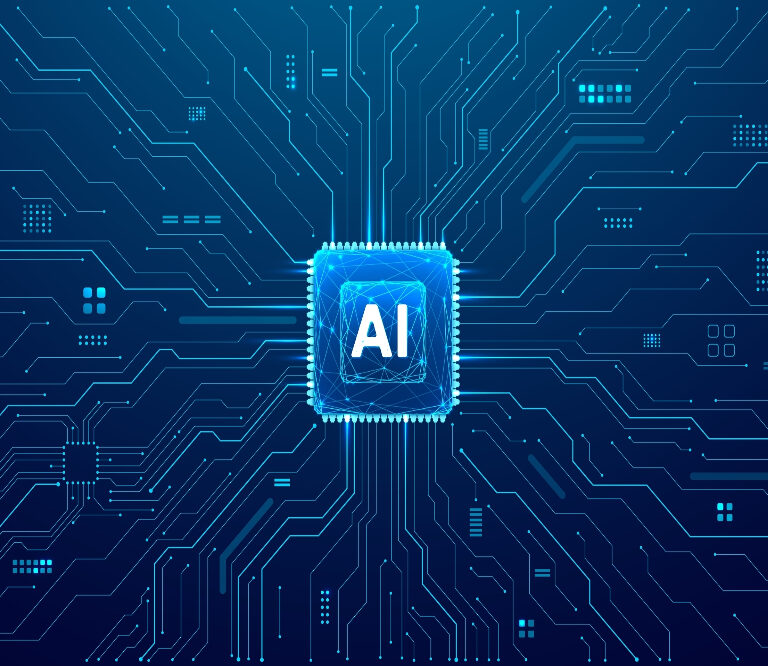Retailers face mounting pressure from rising consumer expectations, technological advancements and the expectation of seamless omnichannel experiences. Today, fulfillment is more than a back-end function—it’s a key competitive differentiator. To succeed, retailers must adopt flexible, fast and accurate fulfillment strategies that align with their capabilities and goals across all channels.
What is Retail Fulfillment?
Retail fulfillment is the end-to-end process of delivering products to customers across every retail channel. This includes:
- Capturing orders
- Storing and handling inventory
- Picking and packing orders
- Shipping and delivering products
- Handling returns and exchanges
Building Your Maturity Model
To successfully transform your fulfillment operations, you must first understand what stage of maturity they are in and invest in the people, processes and technology that will promote growth. Your fulfillment operations likely fall within one of the following stages of maturity:
- Advanced Stage: AI-driven automation and real-time visibility enable retailers to offer hyper-personalized customer experiences. Fulfillment operations are fully aligned with business and brand imperatives, providing a seamless, customer-centric journey across all channels.
- Initial Stage: Siloed data and manual order handling lead to high error rates, frequent customer complaints and a reactive approach to problem-solving.
- Bridge Stage: Basic processes are defined and documented, and automation is incorporated. Retailers at this stage are monitoring key metrics such as order accuracy and delivery time.
- Standardized Stage: Fulfillment processes are standardized and highly automated. Predictive analytics and data-driven decisions lead to higher customer satisfaction and operational efficiency.
- Optimized Stage: Advanced data analytics enable businesses to quickly adapt to demand changes and scale operations while maintaining low error rates and high on-time delivery performance.
Top Retail Fulfillment Trends
As retailers plan for the future, key trends will continue to shape fulfillment strategies:
- Omnichannel and Unified Commerce: Retailers will focus on creating a consistent experience across platforms, supported by real-time inventory visibility and centralized order management systems.
- AI and Automation: AI will enhance decision-making across the supply chain, optimizing inventory management, forecasting and product personalization. Automation will increase warehouse efficiency and reduce human error.
- Sustainability: Circular supply chains, eco-friendly products and delivery methods will return to the forefront as retailers seek to minimize their environmental impact and meet consumer demand for greener solutions.
- Last-Mile Delivery Innovation: Technologies such as autonomous vehicles, drones and micro-fulfillment centers will help retailers reduce time and costs while improving flexibility in last-mile delivery.
- Flexible Fulfillment Options: Retailers will offer customers more personalized, flexible fulfillment choices. This will become a critical competitive differentiator.
Key Retail Fulfillment Goals
Looking ahead, artificial intelligence (AI) will take center stage in retail fulfillment. enVista’s poll revealed that 77% of retailers named AI onboarding as a top priority. Retailers will invest in fulfillment innovation to meet key business goals, including:
- Faster Delivery: Streamline route planning and demand prediction, improving overall fulfillment efficiency.
- Greater Accuracy: Increase predictability and accuracy of demand forecasting to reduce stockouts and optimize inventory levels.
- Improved Personalization: Offer tailored recommendations and dynamic pricing strategies, further enhancing customer engagement.
Partnering with enVista for Smarter Retail Fulfillment
The path to smarter retail fulfillment begins by aligning current capabilities and future goals across an organization. This requires a comprehensive evaluation of people, processes and technology to ensure operational excellence. This process will include:
- Strategic Assessment: Conduct regular assessments of fulfillment operations to identify areas of improvement and stay on track to meet future goals.
- Capability Alignment: Align fulfillment capabilities with long-term objectives, ensuring that people, processes and technology are all positioned to support growth.
enVista’s retail commerce experts have helped hundreds of leading retailers align their goals with the right capabilities, driving operational efficiency, customer satisfaction and a competitive advantage. Let’s have a conversation!®





